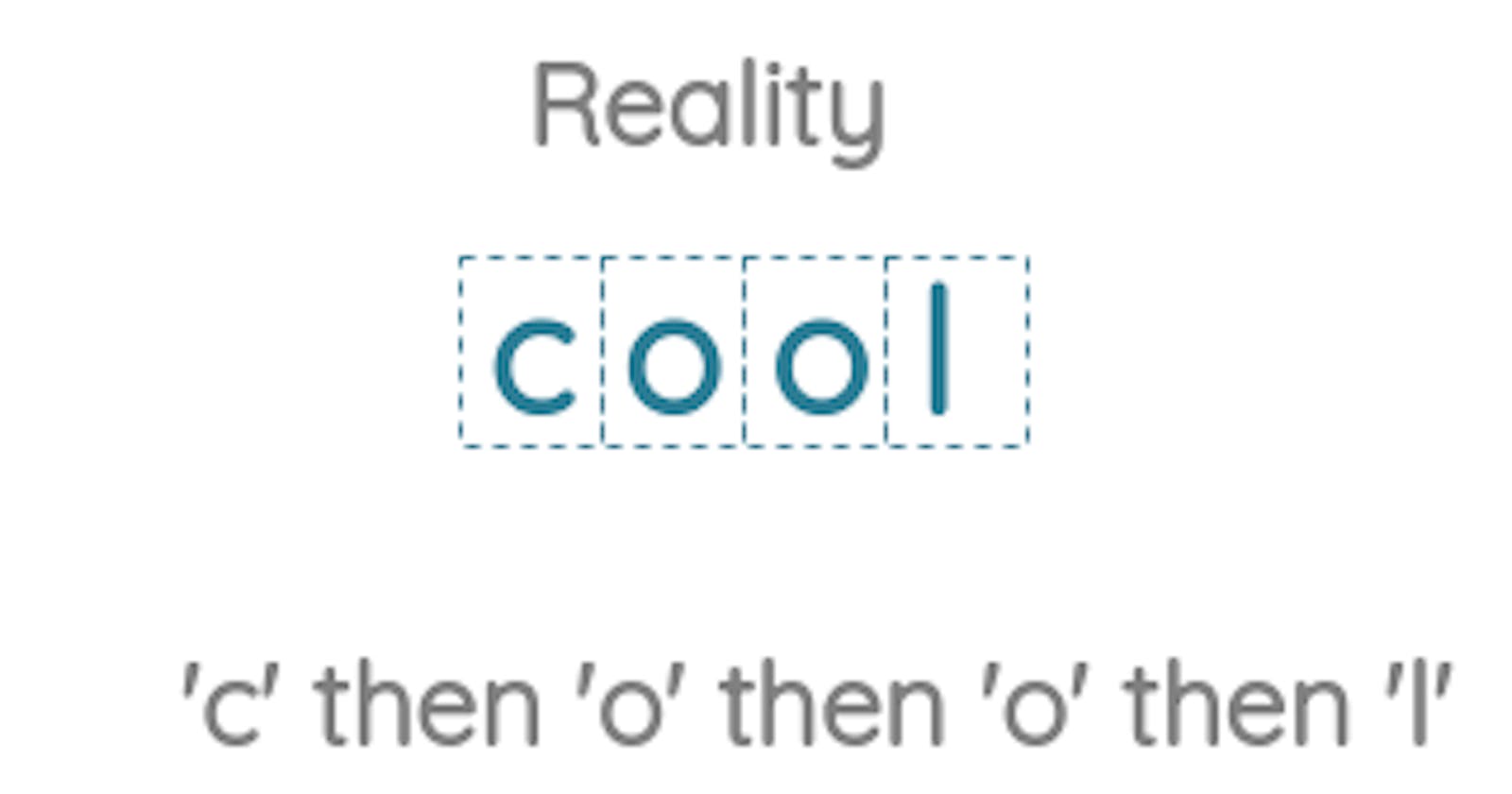Table of contents
No headings in the article.
In this article, we're going to discuss how regular expression works and can be used in python
Regular expressions, also known as RegEx, is a sequence of characters that define a search pattern. They are widely used in various programming languages, including Python, to perform various string manipulations and match patterns in strings.
In Python, you can use the re module to work with regular expressions. This module provides various functions that allow you to perform operations like search, split, find, and replace on strings.
Here are some of the most commonly used functions in the re module:
re.search(pattern, string): This function searches for the first occurrence of the given pattern in the string and returns a match object. If there is no match, it returns None.
re.findall(pattern, string): This function returns a list of all non-overlapping matches in the string.
re.split(pattern, string): This function splits the string into a list of strings at every occurrence of the given pattern.
re.sub(pattern, repl, string): This function replaces all occurrences of the pattern in the string with the repl string.
To use regular expressions in Python, you need to use special characters known as meta-characters. Here are some of the most commonly used meta-characters:
. (dot): This meta-character matches any character except a newline character.
- (asterisk): This meta-character matches zero or more occurrences of the preceding character.
- (plus): This meta-character matches one or more occurrences of the preceding character.
? (question mark): This meta-character matches zero or one occurrence of the preceding character.
(square brackets): This meta-character matches a single character that is a member of the set.
Here is a basic code in Python that demonstrates the use of regular expressions:
import re
# Sample string
text = "Hey there this is my very first blog on hashnode, Hope you'll like it"
# Using re.search to find the first occurrence of a pattern
pattern = re.compile(r"Hey")
match = re.search(pattern, text)
print("First match:", match.group())
# Using re.findall to find all occurrences of a pattern
pattern = re.compile(r"\w+")
matches = re.findall(pattern, text)
print("All matches:", matches)
# Using re.split to split a string based on a pattern
pattern = re.compile(r"\s+")
words = re.split(pattern, text)
print("Split words:", words)
# Using re.sub to replace all occurrences of a pattern
pattern = re.compile(r"like")
new_text = re.sub(pattern, "love", text)
print("New text:", new_text)
In conclusion, regular expressions are a powerful tool in Python that can help you perform searching operations in files, For example, looking for specific numbers in files or patterns in files.
Uses of a regular expression:
Extracting information from unstructured data sources: Regular expressions can be used to extract specific information from unstructured data sources such as logs, emails, and web pages. For example, you can use regular expressions to extract email addresses, phone numbers, and IP addresses from a large set of data.
Validation of user inputs: Regular expressions can be used to validate user inputs in forms or applications. For example, you can use regular expressions to ensure that an email address is in the correct format before accepting it as input.
Text processing: Regular expressions can be used to perform text processing tasks such as removing unwanted characters, converting text to lowercase or uppercase, and stripping leading or trailing whitespaces.
Pattern matching in files: Regular expressions can be used to search for specific patterns in large text files or log files. This can be useful for finding errors or debugging your code.
Replacing text: Regular expressions can be used to replace text in a string with a new value. For example, you can use regular expressions to replace all occurrences of a specific word with a new word.
Hope you like this blog, Consider following for more such useful information.
Catch me up on my socials: https://bento.me/harshitpy and I will meet you in the next one 👋
Thank you so much for reading 💖
You can support me here BuyMeACoffee
